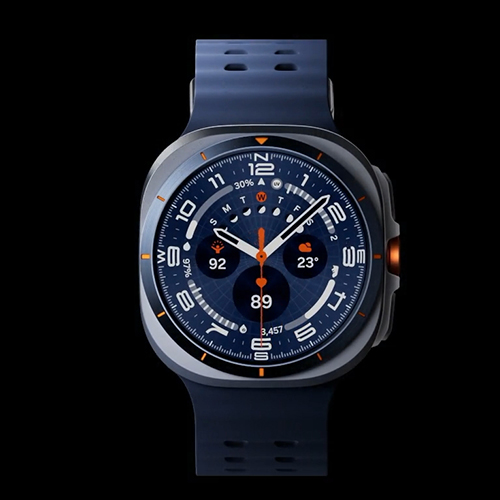
The Key Differences Between Smartwatches and Smartbands
Wearable technology has become an integral part of modern life, with smartwatches and smartbands leading the charge. These devices have revolutionized how we track our health, stay connected, and manage our daily lives. However, it's essential to understand that smartwatches and smartbands are not one and the same. They serve distinct purposes and come with differences that could significantly impact your choice. In this comprehensive guide, we'll highlight the key differences between smartwatches and smartbands to help you make an informed decision.
What are the Differences Between Smartwatch and Smartband?
Design and Form Factor
Smartwatches: Smartwatches are designed to resemble traditional wristwatches. They feature larger, often touchscreen displays that can show a wide range of information, including time, notifications, and apps. Smartwatches are bulkier and heavier due to their extended functionalities.
Smartbands: Smartbands are typically more lightweight, with a slender and minimalist design. They usually feature a small, non-touchscreen display, if any. Smartbands prioritize comfort, making them ideal for all-day wear.
Functionality
Smartwatches: Smartwatches are essentially mini-computers on your wrist. They offer features such as app support, call and text notifications, fitness tracking, and often have a touchscreen for easy navigation. Some smartwatches can even make phone calls independently, eliminating the need for a paired smartphone.
Smartbands: Smartbands are primarily focused on fitness and health tracking. They excel at monitoring activities like steps taken, sleep duration and quality, heart rate, and exercise. While they provide notifications for calls and texts, they often lack the ability to interact with them directly.
Battery Life
Smartwatches: Due to their robust features and larger displays, smartwatches typically have shorter battery life. Most need to be charged daily or every couple of days.
Smartbands: Smartbands offer longer battery life, often lasting several days or even weeks between charges. This extended battery life is due to their simpler functionality and smaller displays.
Price
Smartwatches: Smartwatches tend to be more expensive due to their comprehensive features and advanced technology. High-end smartwatches can be on par with smartphones in terms of pricing.
Smartbands: Smartbands are typically more budget-friendly. Their affordability makes them accessible to a broader range of users who want fitness tracking without the bells and whistles of a smartwatch.
Customization
Smartwatches: Smartwatches often offer various customization options, including interchangeable bands and watch faces. This allows users to match their smartwatch to their style and preference.
Smartbands: While smartbands may offer limited customization, they usually come in a single, integrated design. Their focus is on practicality rather than fashion.
Fitness and Health Tracking
Smartwatches: Smartwatches provide fitness tracking features but are not limited to them. You can expect more advanced health monitoring capabilities, including ECG, blood oxygen, and sleep analysis in some models.
Smartbands: Smartbands are tailored for fitness enthusiasts. They excel at tracking steps, distance, heart rate, sleep patterns, and specific exercises. If fitness tracking is your primary concern, a smartband is often the better choice.
Interactivity
Smartwatches: Interactivity is a significant feature of smartwatches. You can interact with notifications, reply to texts, answer calls, and run various apps directly from your wrist.
Smartbands: While they offer basic notification alerts, smartbands don't provide the same level of interaction. They focus on delivering information rather than enabling extensive communication.
Conclusion
In summary, both smartwatches and smartbands have their unique strengths and purposes. Smartwatches are ideal for those who want a wearable that combines fitness tracking with the functionality of a wrist-worn computer. On the other hand, smartbands are designed for fitness enthusiasts who prioritize activity monitoring and need a lightweight, long-lasting device. Your choice should align with your lifestyle, needs, and budget, ensuring you get the most out of your wearable technology.
FAQs About Smartwatches and Smartbands
What's the primary function of a smartwatch?
Smartwatches are essentially mini-computers on your wrist. They offer various features, including app support, call and text notifications, and fitness tracking, and often have a touchscreen for navigation. Some can even make phone calls independently.
How is a Smartband different from a smartwatch?
A smartband is primarily focused on fitness and health tracking. It's typically lighter, more compact, and is primarily designed to monitor activities such as steps, sleep, heart rate, and exercise. Smartbands often have a simpler, non-touch display.
Which one is better for fitness enthusiasts?
If you're mainly into fitness and health tracking, a smartband may be more suitable due to its lightweight and specific fitness-related features. Smartwatches offer a broader range of functionalities beyond fitness tracking.
Can I reply to texts or emails on a smartband?
Smartwatches are designed for this kind of interaction, allowing you to reply to texts or emails directly from your wrist. Smartbands typically don't offer this feature and are more about passive notifications.
Do smartbands have longer battery life than smartwatches?
Yes, smartbands often have longer battery life because they have fewer power-intensive features. You can typically go several days or even weeks between charges with a smartband, while most smartwatches need daily or near-daily charging.
Are there hybrids that combine features of both smartwatches and smartbands?
Yes, there are wearables that offer a hybrid experience. These devices provide fitness tracking along with some smartwatch features. They can be a good compromise for those who want both fitness monitoring and smart notifications.
Can I play games and use social media on a smartband?
Smartwatches are better suited for gaming and using social media apps due to their larger screens and more robust processors. Smartbands typically lack the processing power for such activities.
8. How does the price compare between smartbands and smartwatches?
Generally, smartbands are more budget-friendly than smartwatches. Smartwatches come with a wider range of features, which often makes them more expensive. Your choice should align with your budget and your desired functionalities.
Latest Blogs
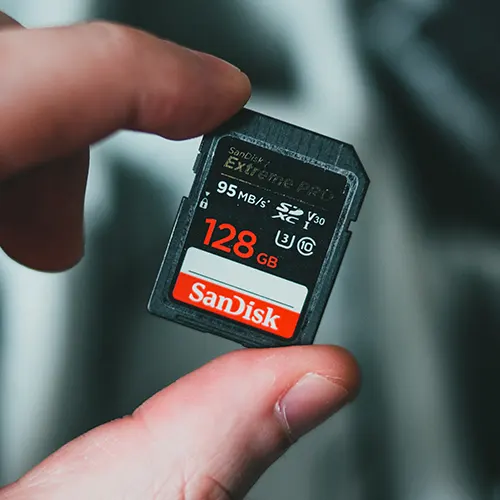
Exploring Memory Card Types: A Comprehensive Guide
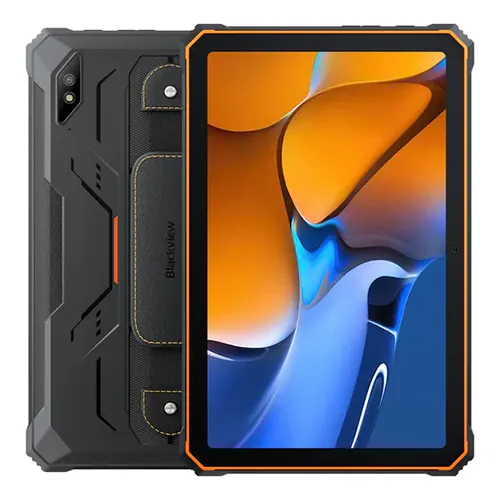
Blackview Tablet Reviews: A Comprehensive Look at Features and Performance
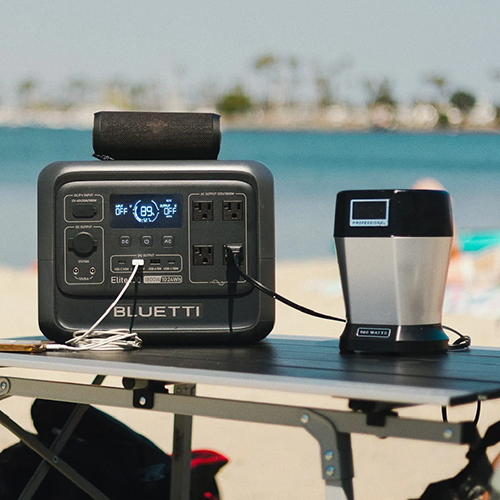
The Best Portable Power Stations & Solar Generators in the UK (2025 Guide)
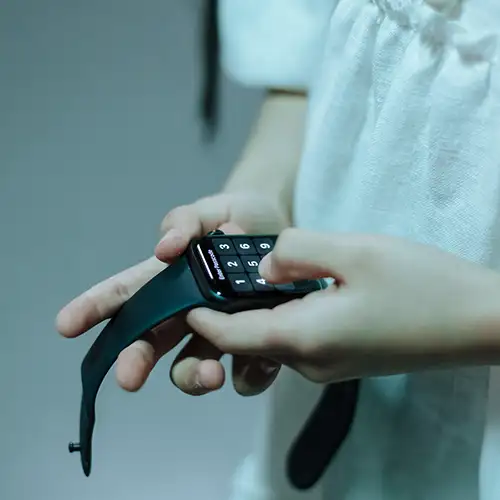
10 Best Smartwatches for Kids
